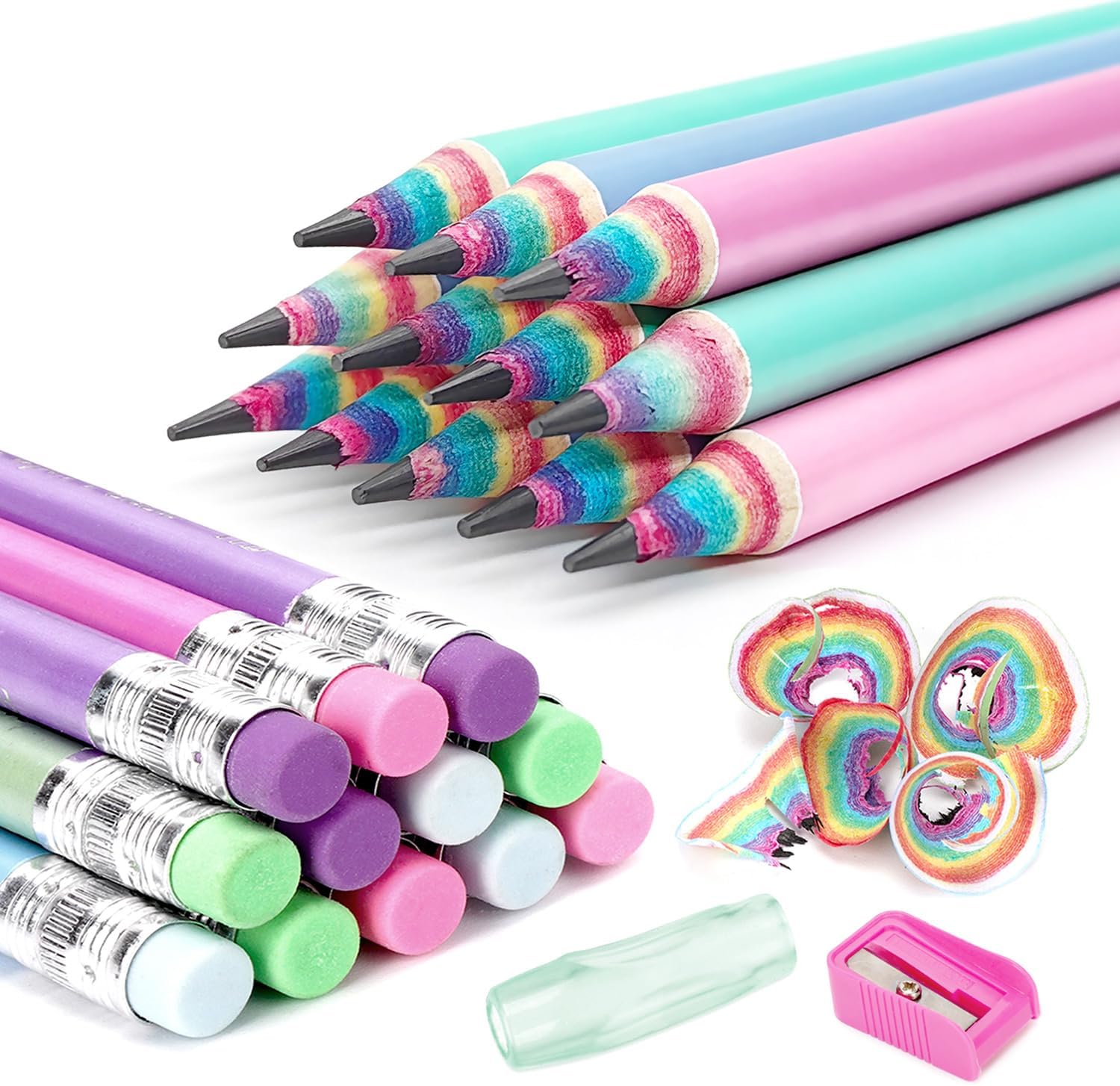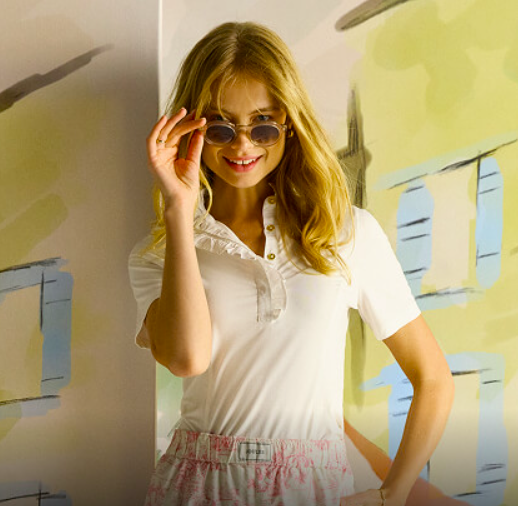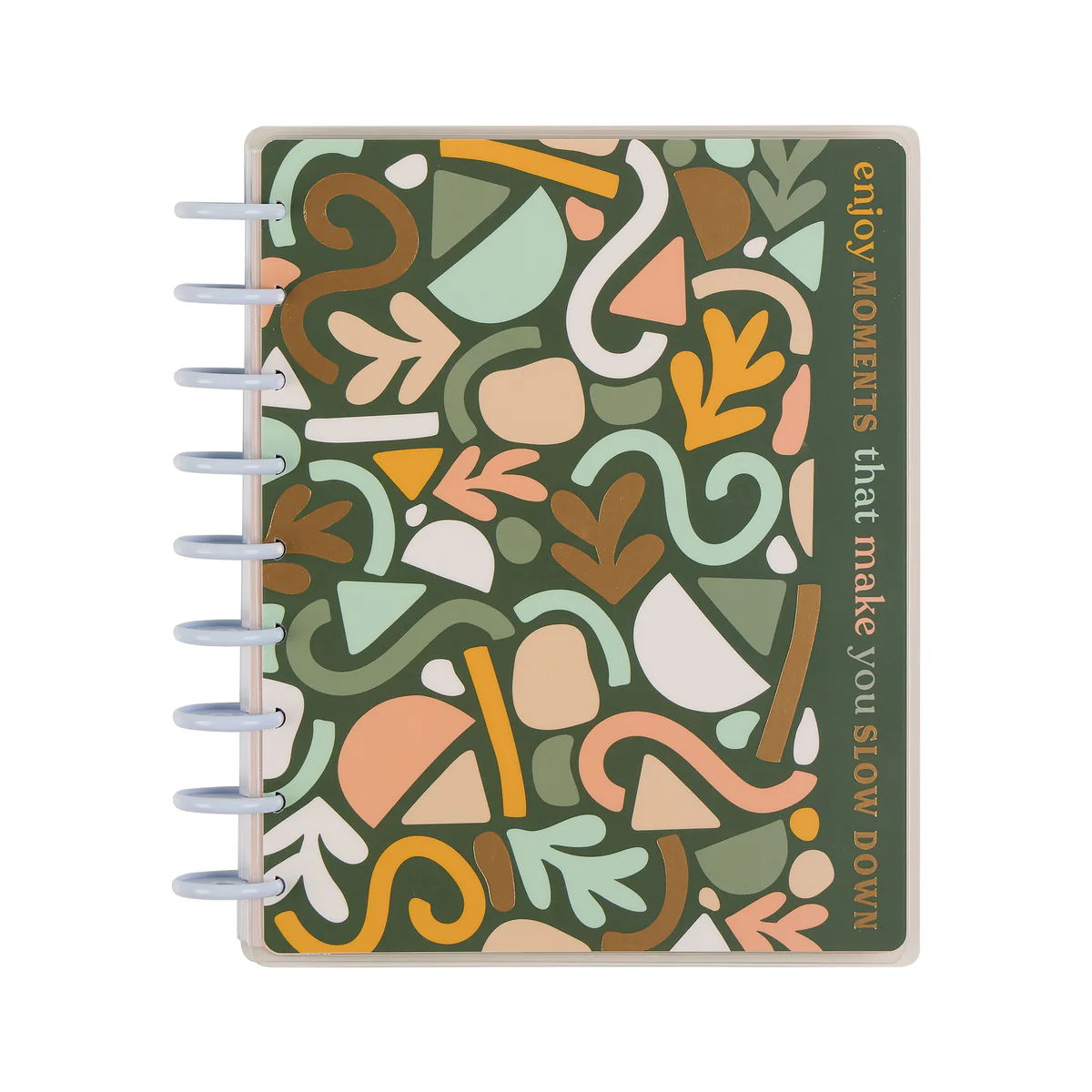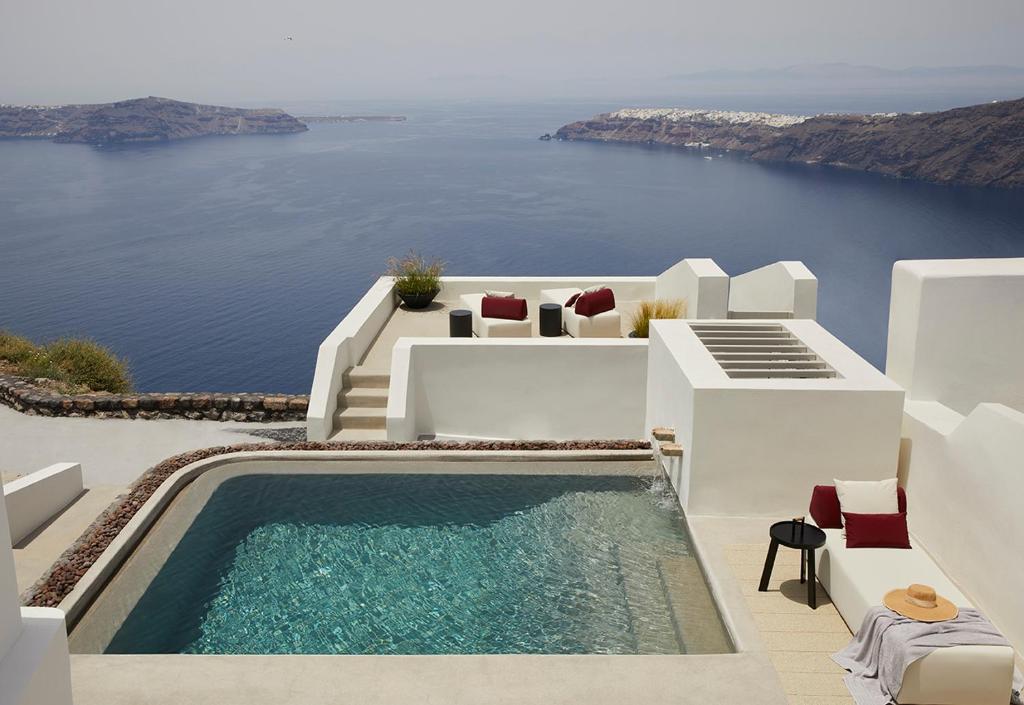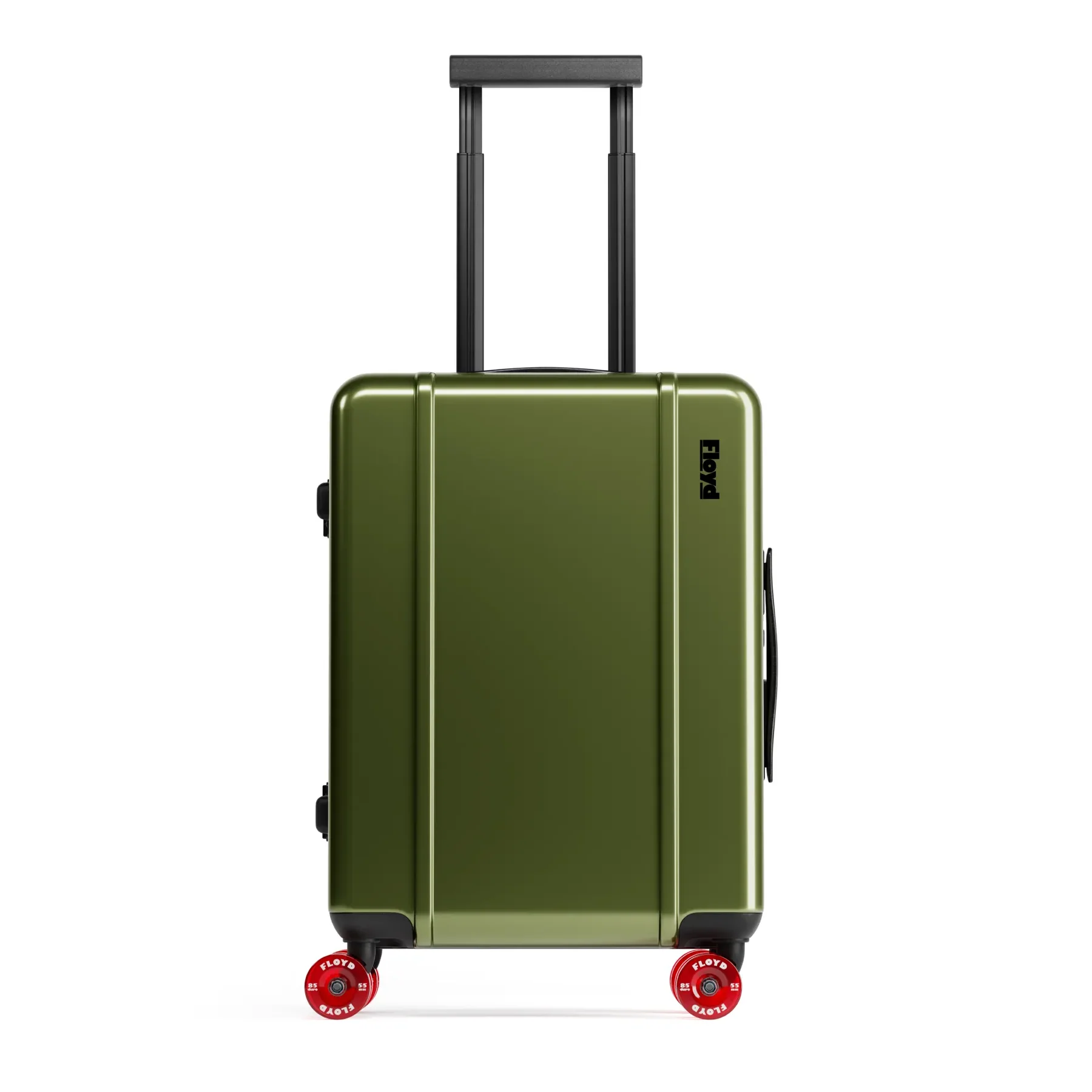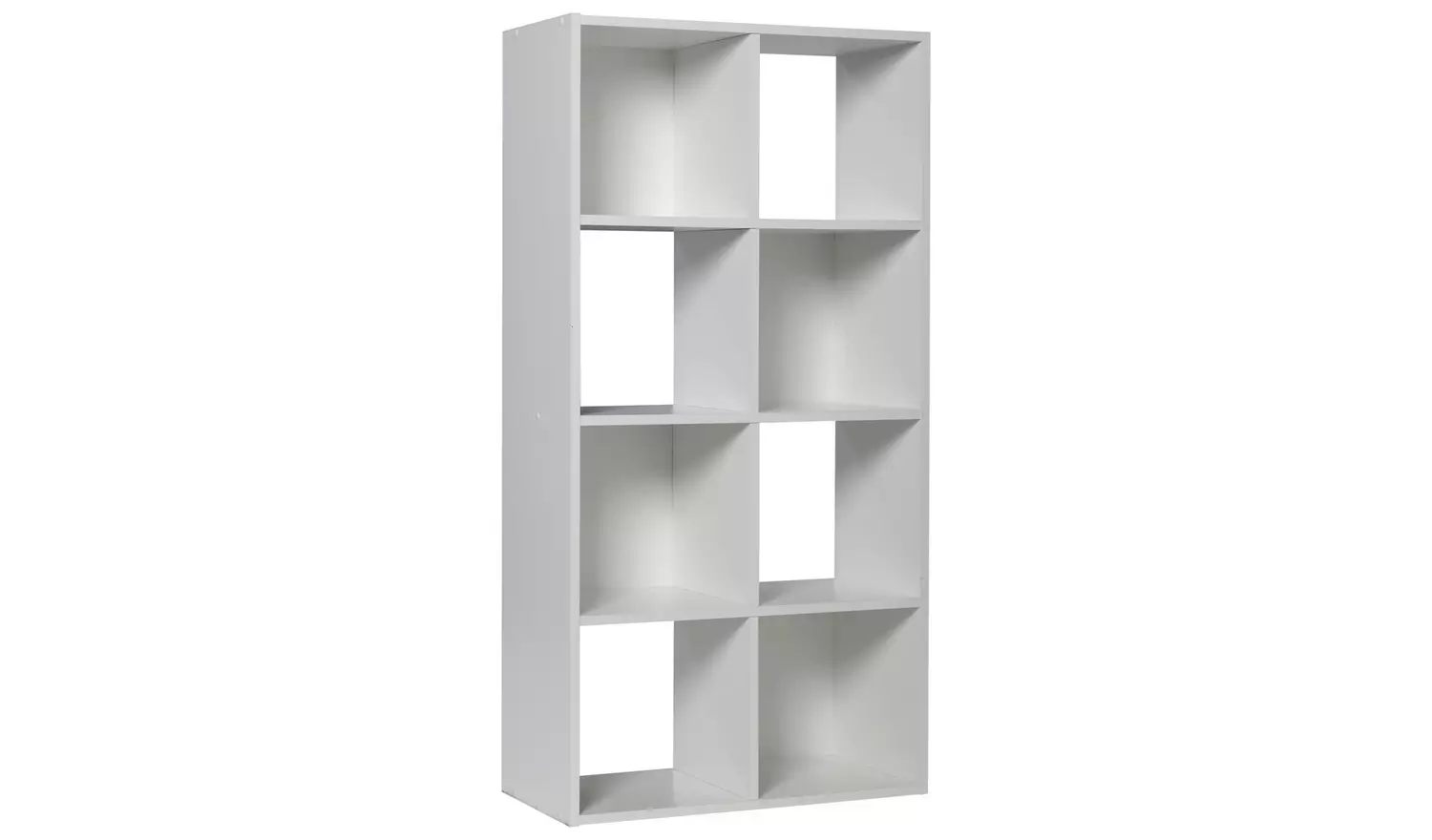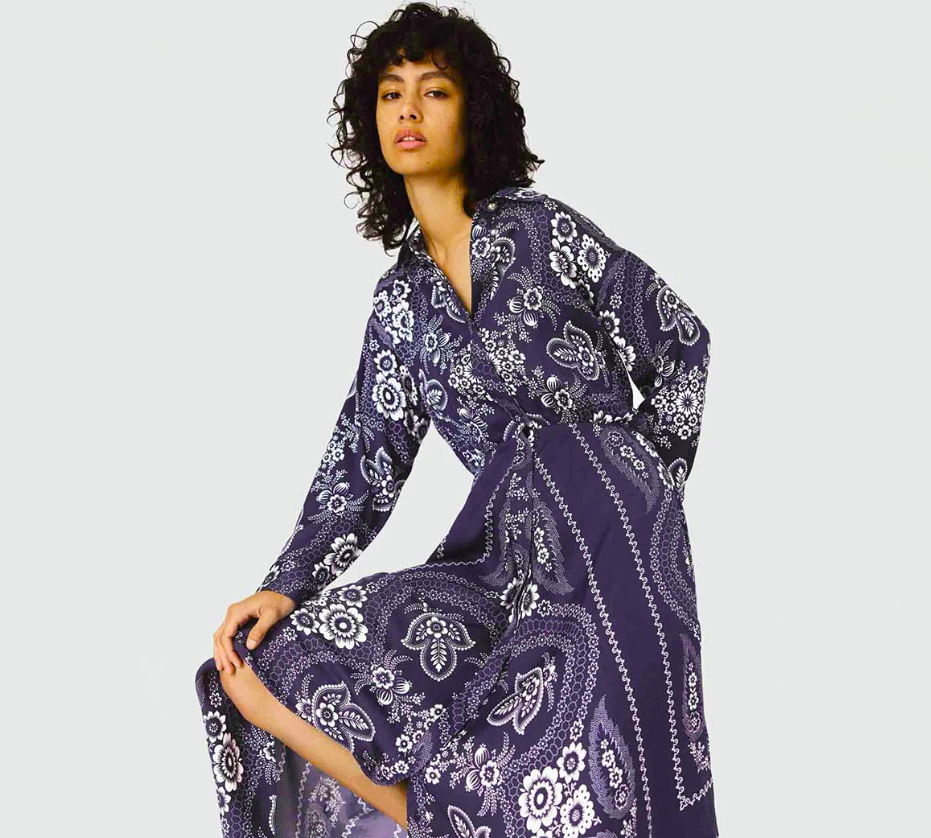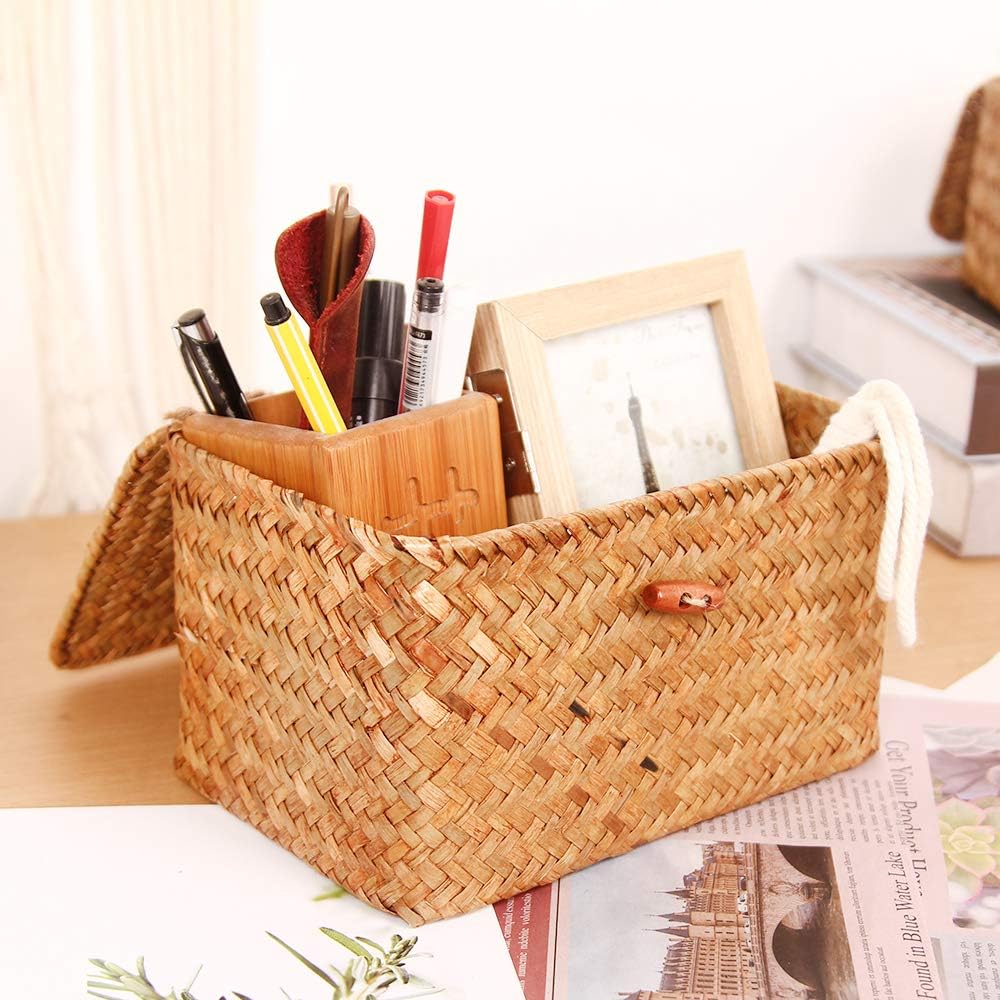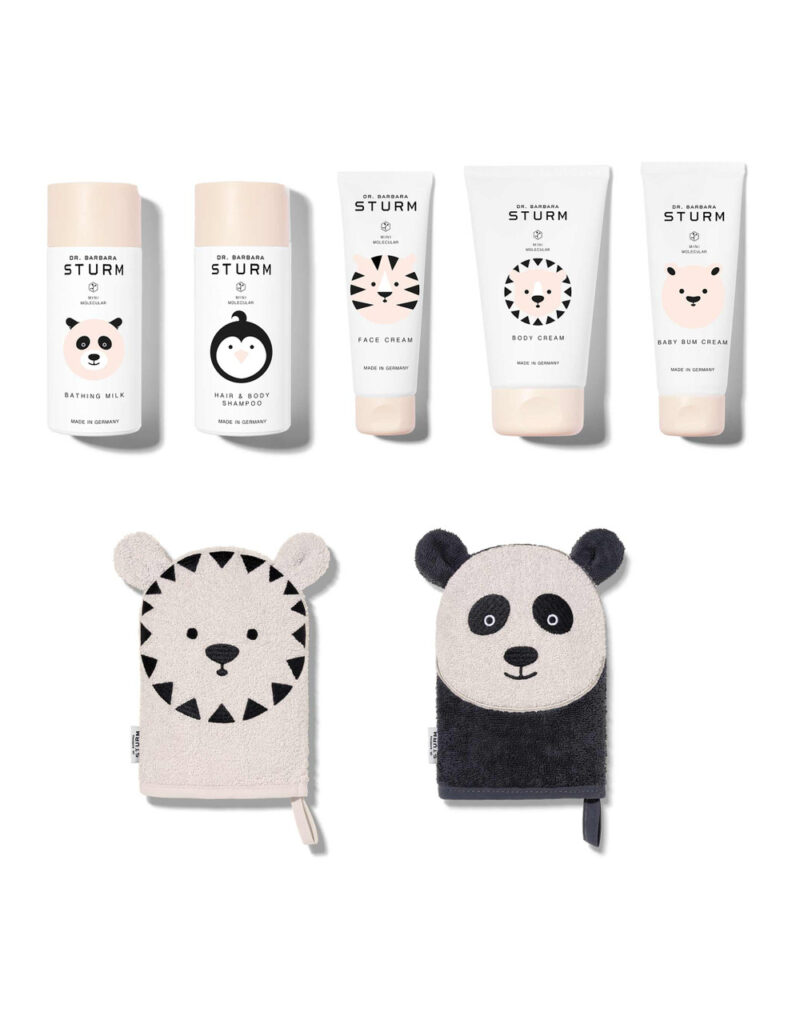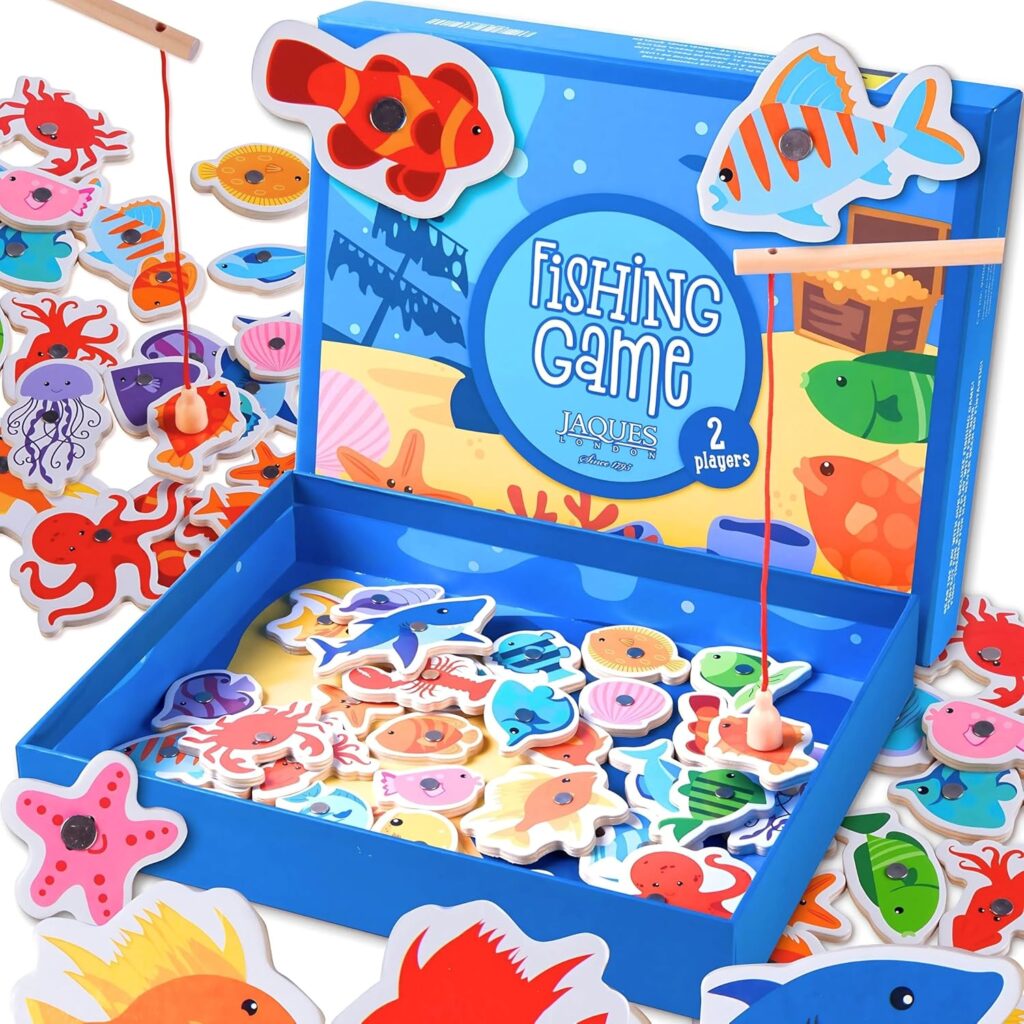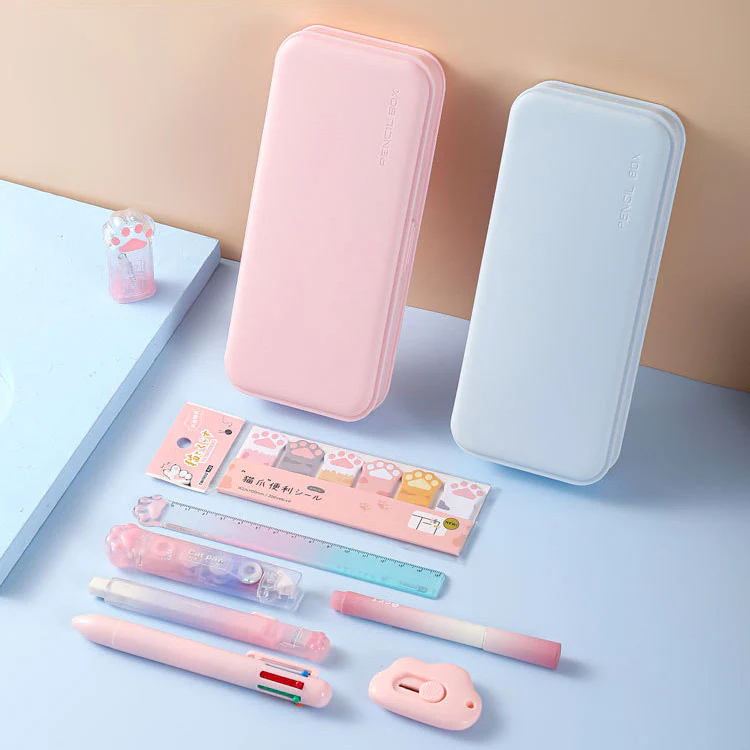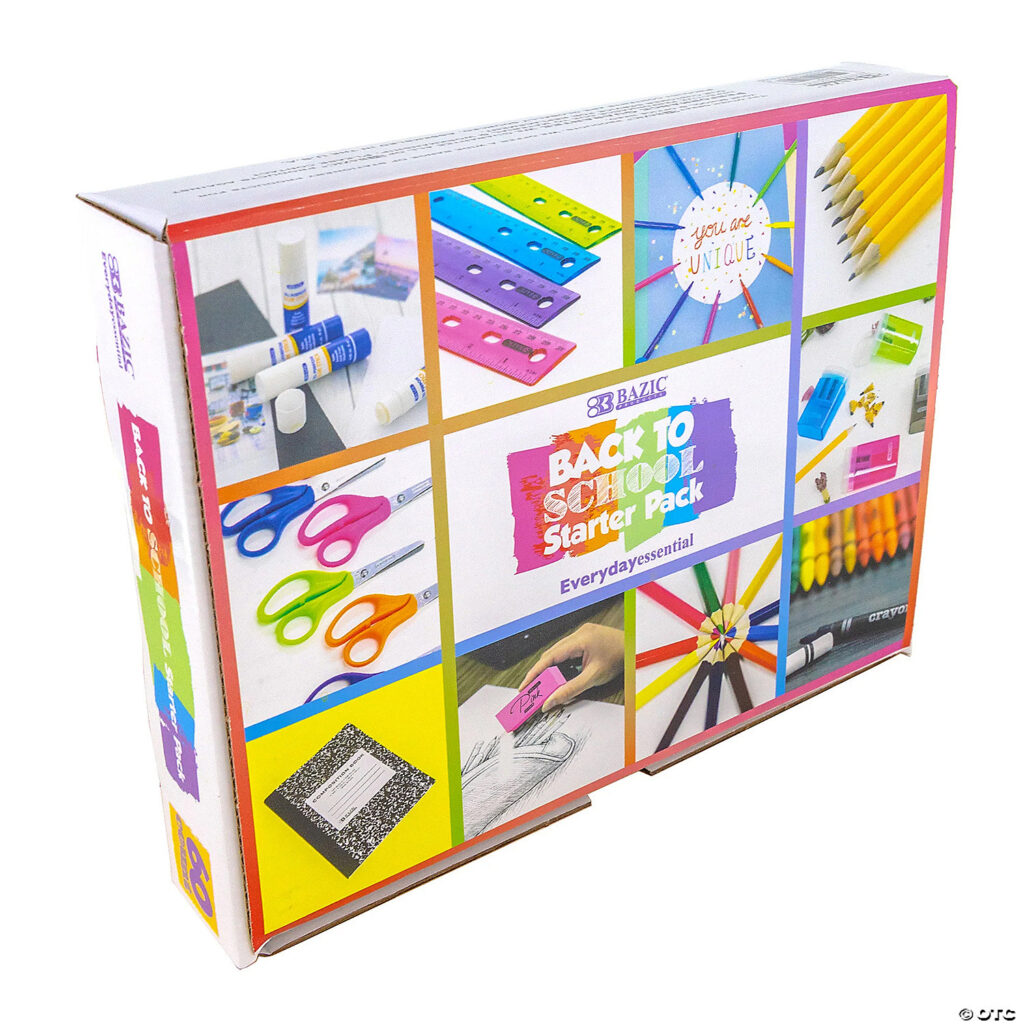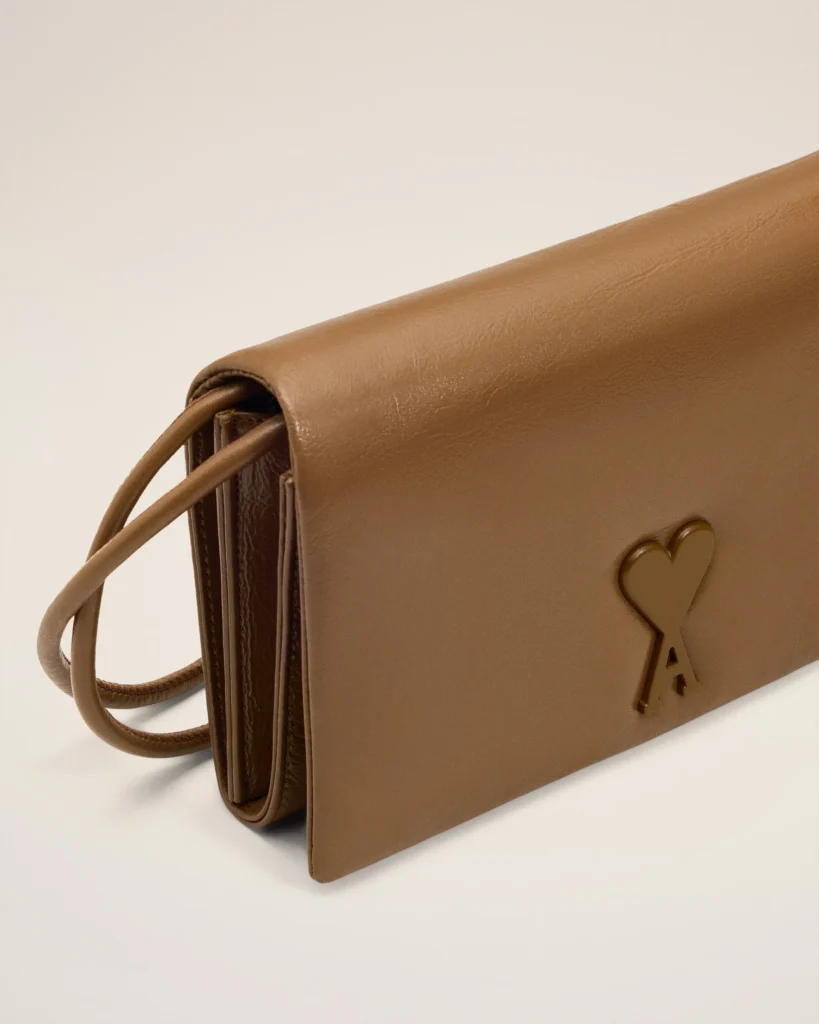Color isn’t just decoration—it’s a thinking tool. When students use color intentionally, they remember instructions faster, keep notes tidier, and enjoy the work more. In this article, we’ll show how to turn a simple set of pencils into a full learning system: a clean color code for notes, child-friendly art techniques, fast homework rituals, and storage habits that keep everything ready to go. We’ll use Hanffero Haffero Rainbow Pencils as our anchor because they arrive pre-sharpened, are easy to hold, and bring bright, consistent pigment without fuss.
Shop Hanffero Haffero Rainbow Pencils
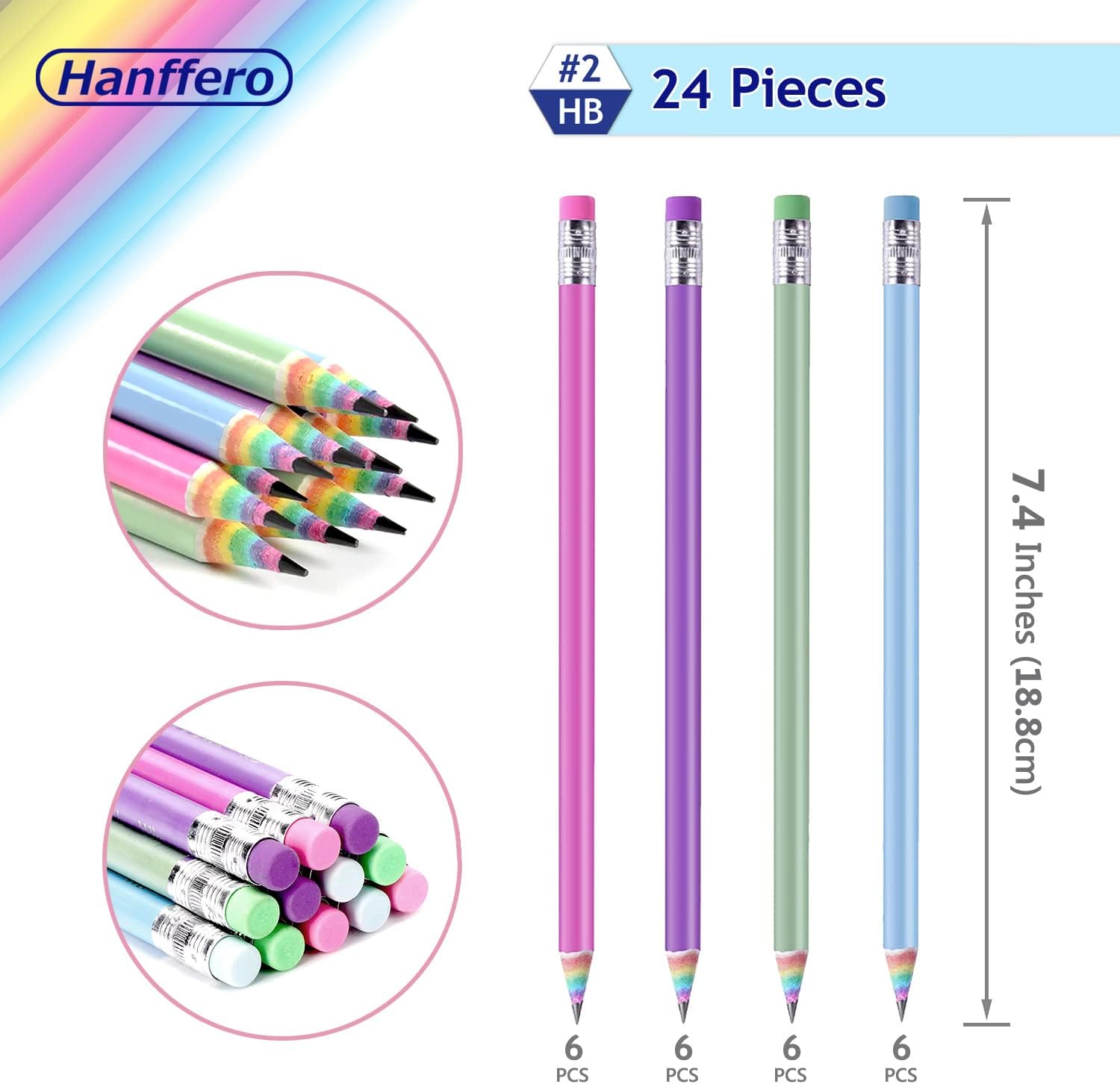
Why Rainbow Pencils Beat “One Blue Pen for Everything”
Monochrome notes hide structure; color reveals it. With a small, repeatable palette, headings pop, definitions jump off the page, and steps in a method stay clearly separated. A set like Hanffero Haffero Rainbow Pencils balances fun with function: the wood feels good in the hand, cores lay color smoothly, and the pre-sharpened points let kids start fast—no scramble for a sharpener before class begins.
Build a Classroom-Proof Color Code (That’s Easy to Stick To)
Keep the palette tight. Four to six colors cover nearly all subjects without turning pages into confetti:
- Blue for headings and section titles (clean and readable).
- Green for key terms and definitions.
- Yellow for gentle highlighting (underlines or boxes rather than flooding text).
- Red for corrections and “watch-outs.”
- Purple for examples or worked solutions.
- Orange for dates and page references.
The magic isn’t the hue—it’s the consistency. Use the same mapping every day so your brain learns where to look. With Hanffero Haffero Rainbow Pencils, the cores are vivid enough for a clear signal but soft enough for kids to shade and blend in art blocks.
Note-Taking, Upgraded: Cornell + Color in 5 Minutes
Try this quick structure on lined or dotted paper:
- Title line (blue)—topic and date.
- Left margin cues (green/purple)—keywords or questions.
- Main notes (graphite or dark pencil)—short, tidy lines.
- Highlights (yellow)—only what you must remember tomorrow.
- Summary line (orange)—one-sentence “what I learned.”
The pencil-first approach is teacher-friendly (erasable, quiet in class) and camera-friendly for revising later. Hanffero Haffero Rainbow Pencils make the cue column and accent colors quick to apply without switching tools mid-sentence.
Shop Hanffero Haffero Rainbow Pencils
Art Skills for Non-Artists: Three Techniques Kids Love
You don’t need an atelier to make school projects look polished. Teach these fast wins:
Layering & Burnishing: Light circular strokes with a pale color as a base (e.g., yellow), layer mid-tones (orange), then a final pass with a colorless blender or the lighter pencil to “burnish” and smooth. Perfect for posters and diagrams.
Gradient Shading: Start darker at one edge (press slightly more), lighten pressure across the shape. Label gradients (e.g., “temperature change,” “intensity”) so the shading carries meaning.
Crosshatching Lite: Short, tidy diagonal lines that cross in a second direction. It adds texture to maps, science sketches, and history timelines. Hanffero Haffero Rainbow Pencils hold a fine point well enough for neat hatching without tearing paper.
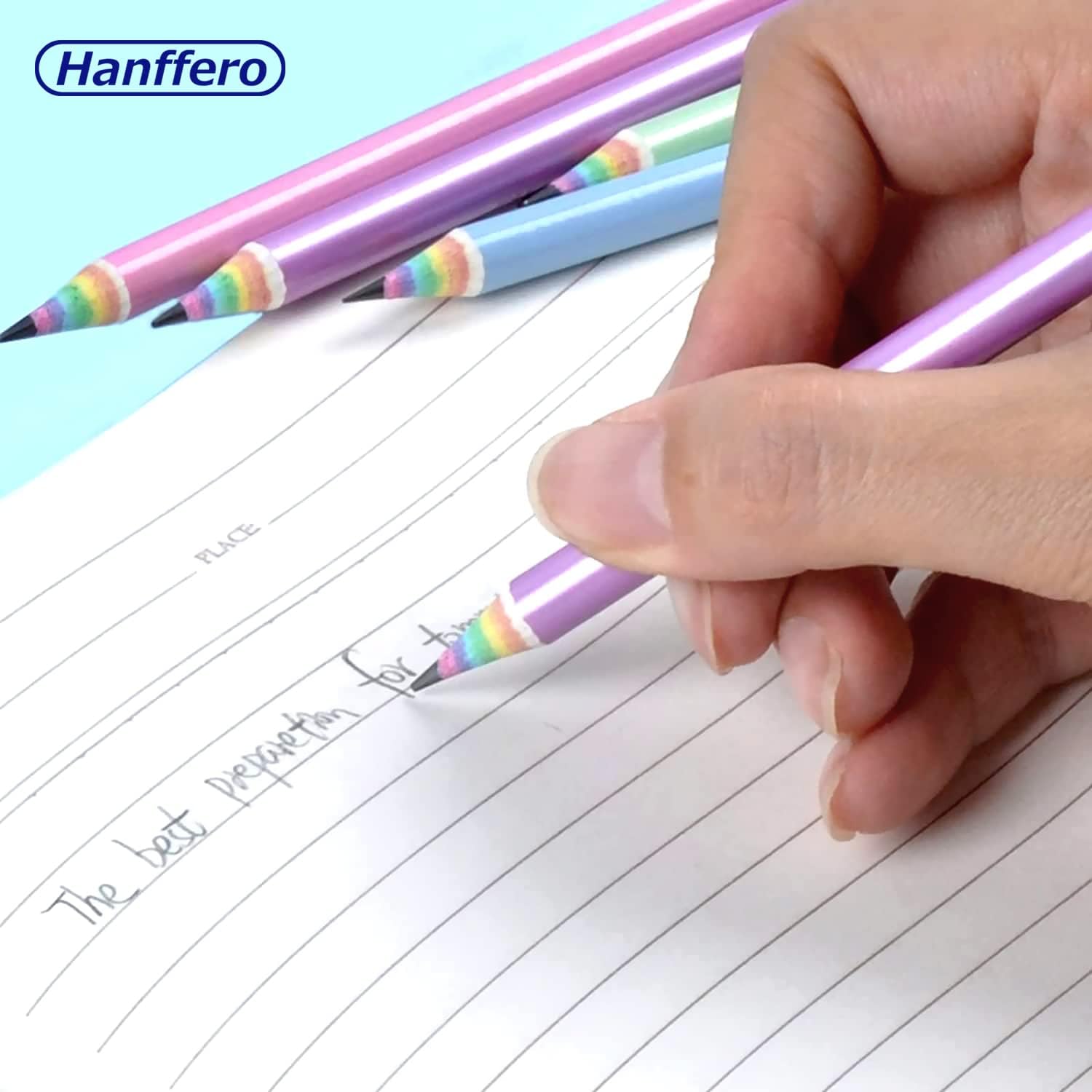
One Hybrid Block (Bullets + Guidance): The 60-Second “Ready to Learn” Setup
- Pick today’s four: Heading, highlight, term, example colors. Put them on the desk; the rest stay in the case.
- Sharpen check: Two quick turns per pencil—don’t over-sharpen.
- Bookmark with color: Use orange to mark today’s page edge for fast flipping.
- Finish with a flag: Green dot next to items to review; red dot next to questions to ask.
Routine beats motivation. When Hanffero Haffero Rainbow Pencils are always laid out the same way, kids launch into work faster.
Handwriting & Fine Motor: Why Pencil Leads Matter
Consistent pigment + smooth cores help younger writers maintain stroke rhythm. Scratchy leads make kids press too hard; mushy wax cores smudge. The balanced feel of Hanffero Haffero Rainbow Pencils encourages a relaxed grip and a steady line, which in turn keeps letter shapes uniform. For left-handers, the quick-laydown pigment reduces smear if you angle paper slightly and lift the wrist.
Science, Maths, Languages: Subject-Specific Color Plays
Science: Green for labels, purple for processes, orange for data values. Diagrams look tidy and “readable” at a glance.
Maths: Blue for steps, red for common errors, yellow to box final answers. Graph paper welcomes colored axes for clarity.
Languages: Color-code gender or tenses (e.g., nouns in blue, verbs in green). Vocabulary decks pop when consistently colored.
This repeatability means a teacher, parent, or future-you can scan a page and immediately understand the structure.
Shop Hanffero Haffero Rainbow Pencils
Posters & Projects: Make It Look “Store-Bought” (Without Spending)
- Borders first: Light grey or pale color border gives an instant frame.
- Title shadow: Offset a second color 2–3 mm behind the title letters.
- Icon system: Repeat 2–3 small icons (star, arrow, check) in the same colors to guide eyes.
- White space wins: Leave breathing room. Crowded is noisy; spacious looks confident.
Hanffero Haffero Rainbow Pencils handle both the title flourish and the subtle fill, so kids don’t need separate markers for every effect.
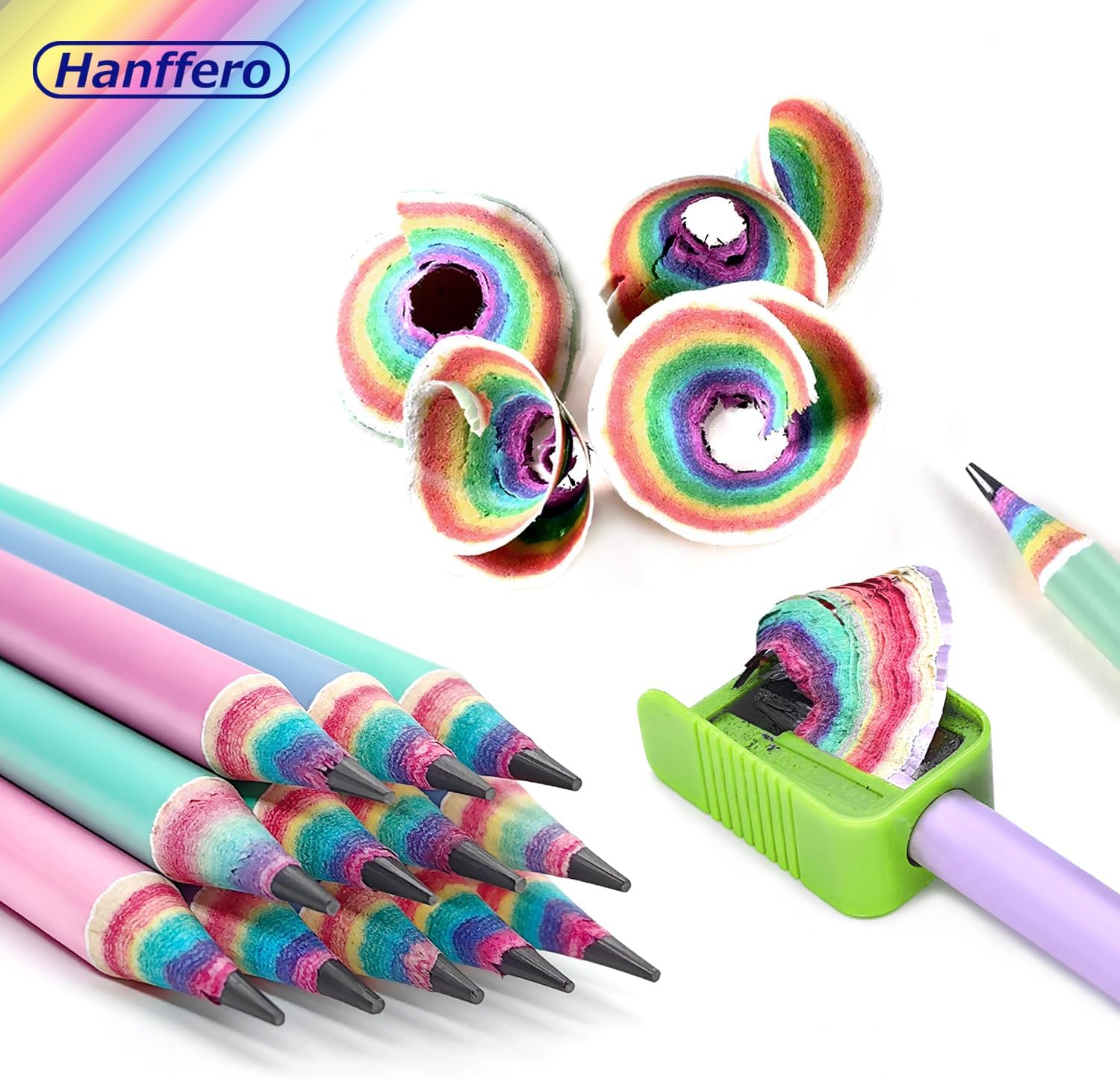
Eco & Practical Care: Make the Set Last the Term
Pre-sharpened is convenient, but points still need love. Use a sharpener with a gentle blade and a shavings container; avoid aggressive twisting that snaps cores. Store pencils tip-up in a small cup during homework and point-inward in a zip case for travel. If a lead breaks, rotate the pencil while sharpening to support the core. The wood casings on Hanffero Haffero Rainbow Pencils feel sturdy enough for repeated classroom use without splintering.
Inclusion & Focus: Color That Calms (Not Overwhelms)
For neurodivergent learners or kids who find busy pages stressful, limit to three working colors per session. Use soft, mid-tone hues rather than neon. Keep the same order on the desk (left to right = headings, terms, examples). Predictability reduces cognitive load; color then becomes a cue, not a distraction. The smooth laydown of Hanffero Haffero Rainbow Pencils means less pressure, less hand fatigue, and steadier attention.
Parent–Teacher Alignment: Make Color Policies Clear
Some classrooms prefer blue or black for main writing and pencil for drafts. Agree on a “color for structure, not for show” policy: color frames headings, diagrams, and emphasis; main text remains pencil or teacher-specified ink. Send a quick note with the color map you’re using so marking stays consistent with home routines.
Shop Hanffero Haffero Rainbow Pencils
Troubleshooting: When Pages Get Messy (or Kids Lose Steam)
- Smudging? Lighten pressure; try a sheet under the drawing hand; spray a light fixative on finished posters (adults only).
- Colors everywhere? Return to four-role mapping; keep other pencils zipped away.
- Leads snapping? Two slow turns in the sharpener, not ten fast ones.
- Boredom spike? Switch subjects but keep the same color roles to preserve familiarity.
Small tweaks revive momentum without buying more gear.
Budget Strategy: One Set, Many Jobs
Instead of separate “art” and “school” kits, let one case do both. The same Hanffero Haffero Rainbow Pencils can: color-code notes, shade diagrams, bring posters to life, and decorate revision cards. Add only a white pencil (for blending on toned paper) and a graphite HB for main text. Everything else is habit and layout.
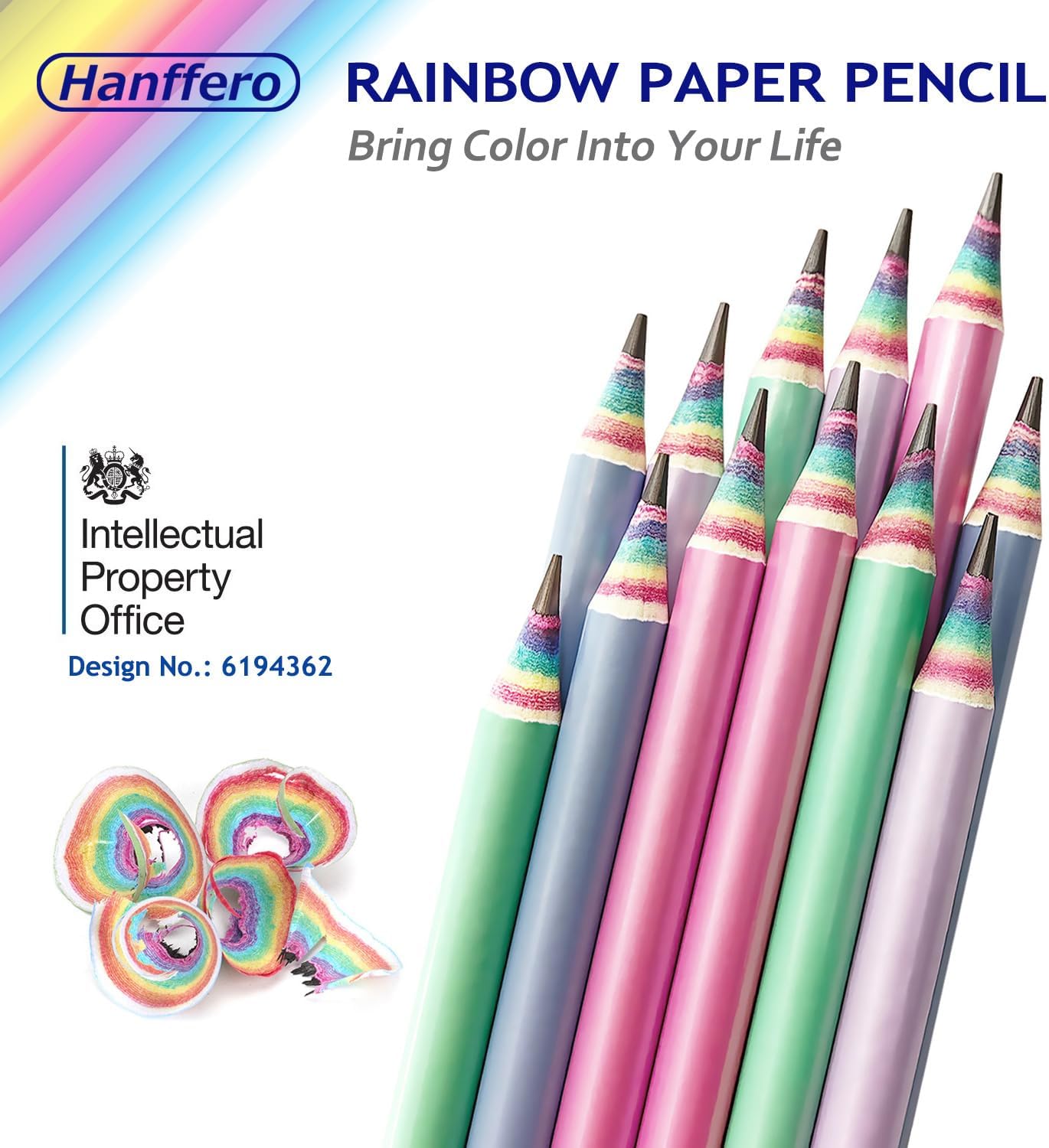 Conclusion
Conclusion
Color should make learning clearer, not louder. Keep a simple, repeatable code; use pencils that glide without smudging; and build micro-rituals that make starting easy. With Hanffero Haffero Rainbow Pencils, kids get bright pigment for headings and diagrams, comfortable wood casings for long sessions, and pre-sharpened points that remove friction from the first minute. Put four pencils on the desk, map their jobs, and let routine do the heavy lifting—notes stay readable, projects look polished, and study time finally feels under control.
Shop Hanffero Haffero Rainbow Pencils
FAQ
- How many colors should a student use daily?
Three to four. Assign fixed roles (e.g., blue headings, green terms, yellow highlights, purple examples) and stick to them for clarity. - Are colored pencils acceptable for classroom notes?
Usually yes for headings, diagrams, and emphasis—keep main text in pencil or teacher-approved ink. Check the class policy. - What’s the best way to sharpen without breaking cores?
Use a quality handheld sharpener; turn the sharpener, not the pencil, in slow rotations. Two to four turns is plenty. - Do rainbow pencils help with memory?
Consistent color coding creates visual anchors, making recall faster during revision. The key is using the same color roles every time. - How do I stop pages from looking “too busy”?
Limit colors, avoid full-page flooding, and use boxes/underlines instead of heavy blocks. White space is your friend. - Can these pencils handle art shading as well as school notes?
Yes. Hanffero Haffero Rainbow Pencils layer cleanly, blend with light pressure, and hold a point for hatching and outlines. - What about left-handed writers and smudging?
Angle the page, lighten pressure, and let layers set for a few seconds. The smoother cores reduce drag, helping keep lines clean. - How should we store the set to last a term?
Tip-inward in a zip pouch for travel; tip-up in a cup during homework. Empty sharpenings regularly and avoid tossing the pouch into a bag unzipped.

